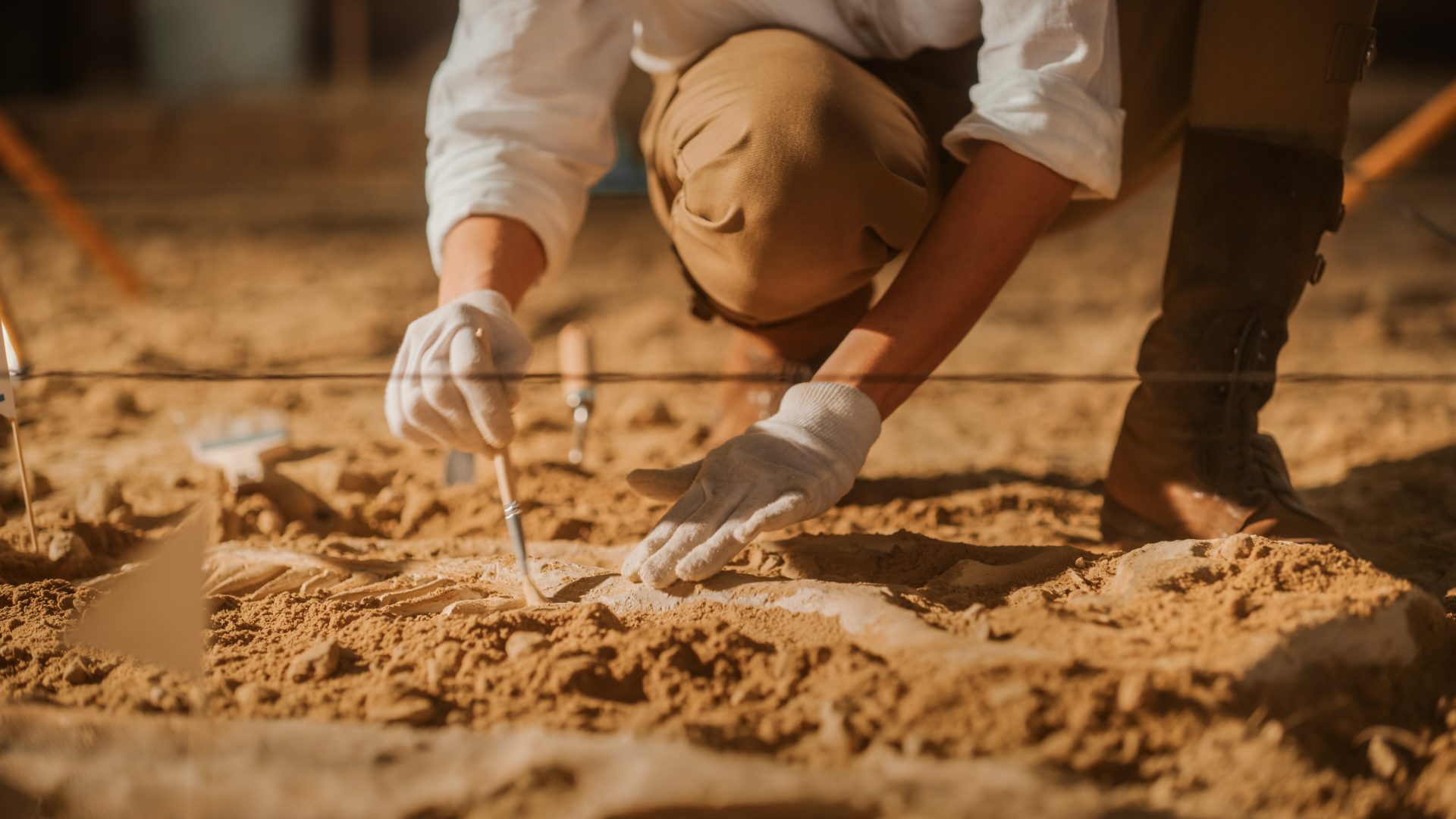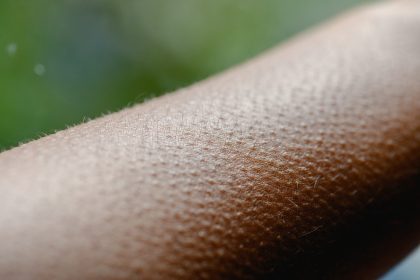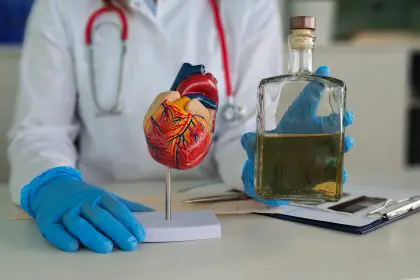A revolutionary study from the University of Liverpool has upended fundamental assumptions about the fossilization process, potentially transforming how scientists approach the study of ancient life. The research, published in the journal Analytical Chemistry, provides compelling evidence that organic materials can survive for millions of years within fossils, contradicting the long-established belief that fossilization completely eliminates all biological components.
The unexpected preservation
At the heart of this paradigm-shifting discovery is a fossilized hip bone from an Edmontosaurus, a duck-billed dinosaur that lived during the Late Cretaceous period. Using sophisticated analytical techniques including mass spectrometry and protein sequencing, researchers identified intact patches of bone collagen that had somehow survived millions of years of geological processes previously thought to eliminate all organic matter.
This finding directly challenges one of paleontology’s most fundamental assumptions, namely that fossilization replaces all original biological material with minerals, leaving no organic components behind. The persistence of collagen, a protein essential to bone structure, suggests that the fossilization process is more complex and potentially less destructive than previously understood.
The discovery presents a significant shift in how scientists might approach fossil analysis going forward, with implications extending across multiple scientific disciplines including paleontology, evolutionary biology, and biochemistry.
Rewriting contamination theories
The lead researcher emphasized that their findings contradict the standard explanation for any organic material detected in fossils. For decades, when researchers found evidence of organic molecules in fossils, the scientific community typically dismissed such findings as contamination from modern sources.
This dismissal stems from the conventional understanding that organic materials degrade relatively quickly compared to geological timeframes, making their survival through millions of years seem implausible. The Liverpool team’s methodical approach, however, established that the collagen they detected originated from the dinosaur itself rather than from external contamination.
Their work involved rigorous controls to distinguish between original biological material and potential contaminants, providing strong evidence that the organic material discovered was genuine to the fossil. This distinction opens up the possibility that many previous instances of organic detection in fossils, dismissed as contamination, may actually represent authentic preserved biomolecules.
New analytical approaches
The research employed a comprehensive suite of advanced analytical techniques to identify and characterize the preserved collagen. Mass spectrometry allowed researchers to identify protein fragments with distinctive signatures matching collagen, while protein sequencing confirmed their dinosaurian origin.
What makes this study particularly groundbreaking is the combination of multiple analytical approaches, creating layers of confirmation that strengthen the validity of the findings. The team’s methodology sets a new standard for how fossils might be examined in the future, suggesting that paleontologists should routinely apply these techniques when analyzing significant specimens.
The study also demonstrated that visible indicators might help identify fossils with preserved organic material. Cross-polarized light microscopy revealed distinctive patterns that corresponded with areas containing preserved collagen, potentially providing a screening tool for identifying promising specimens for more detailed analysis.
Revisiting historical collections
One of the most exciting implications of this research involves the vast collections of fossils already housed in museums and research institutions worldwide. The researchers suggest that cross-polarized light microscopy images of fossil bones, which have been routinely collected for more than a century, should be reexamined with this new understanding in mind.
Many existing fossils in collections may contain overlooked organic material that could yield valuable scientific insights. This realization transforms countless museum specimens from static objects of interest into potential sources of biological data that could fundamentally change our understanding of extinct species.
The prospect of revisiting historical collections with new analytical techniques creates an unusual situation where significant scientific advances might come not from new field discoveries but from reexamining specimens collected decades or even centuries ago. This approach would maximize the scientific value of existing collections while potentially reducing the need for disruptive field extraction.
Evolutionary implications
Perhaps the most profound implication of this discovery involves its potential impact on our understanding of evolutionary relationships. Preserved proteins contain genetic information that could help clarify taxonomic relationships between species, potentially resolving longstanding questions about dinosaur evolution and their relationship to modern birds.
Protein analysis offers an alternative approach to understanding evolutionary relationships when DNA has degraded beyond recovery. While proteins do not contain the complete genetic information found in DNA, they provide valuable insights into genetic relationships, especially for ancient specimens where DNA preservation is unlikely.
The ability to extract protein data from fossils millions of years old could fill significant gaps in the evolutionary record, creating a more complete picture of how species developed and diversified throughout Earth’s history. This protein-based approach complements traditional morphological analysis of fossils and represents a powerful new tool for understanding ancient biodiversity.















